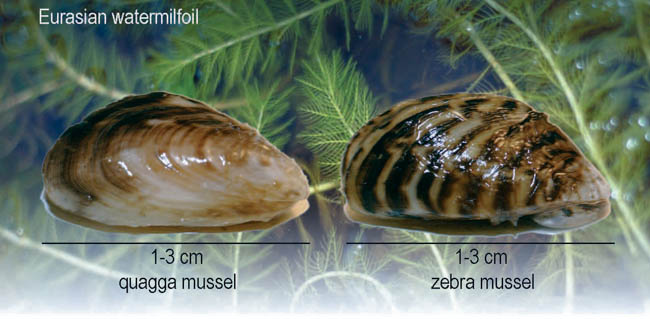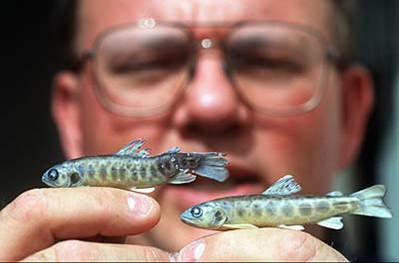It's a non-native species or disease that threatens the:
Aquatic Invasive Species are a threat to the economy; especially agriculture, tourism and recreation. They destroy our natural lake ecosystems and fisheries. Managing the impacts of these species and diseases could cost millions of dollars each year.
The species of greatest concern in Alberta currently are two mussels and one plant.

Not yet, and let's keep it that way. Prevention is the most effective way to manage AIS. We currently have some infestations of lower risk aquatic invasive species that are being managed locally - purple loosestrife for example.
Whirling disease is present in Alberta. Containment and prevention are the best response as there is no treatment for this disease.
Myxobolus cerebralis is the parasite that affects salmonid fishes, such as trout, salmon and whitefish. Clinical symptoms of whirling disease include a blackened tail, sloped head, crooked tail and an abnormal whirl or tail-chasing behaviour. Infection by this parasite can lead to fish mortality.
